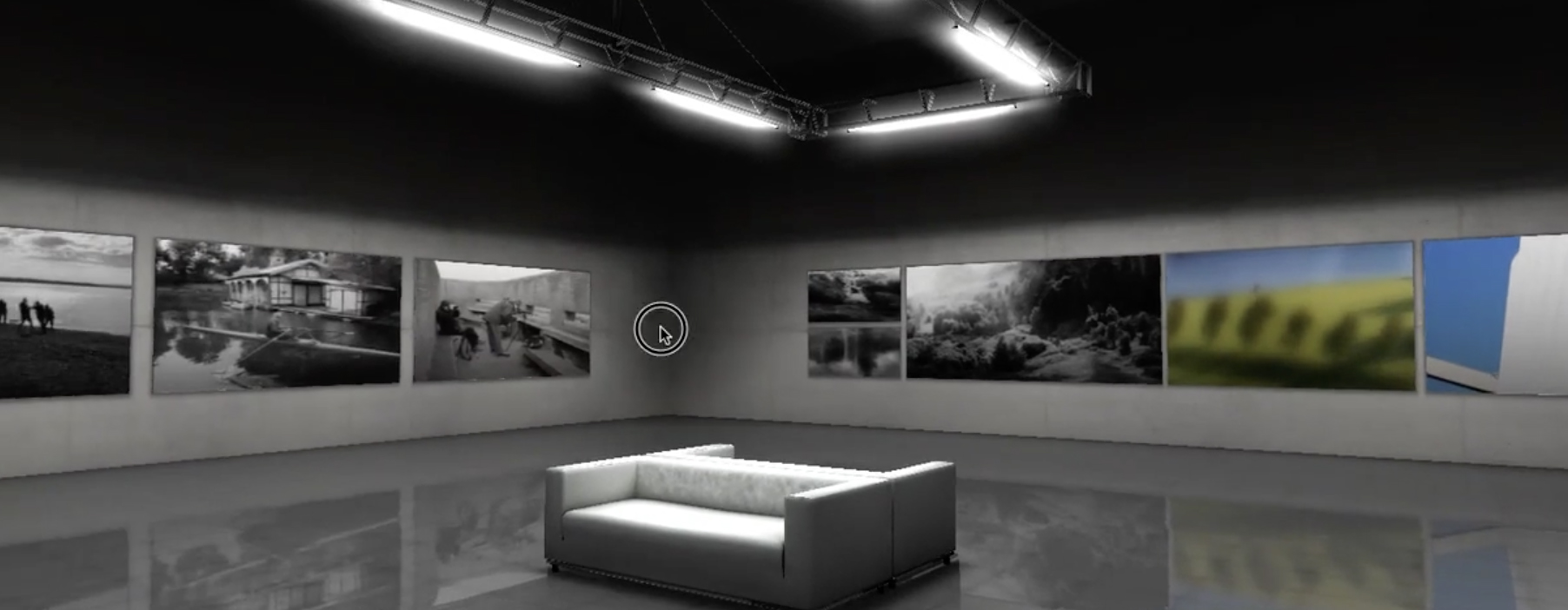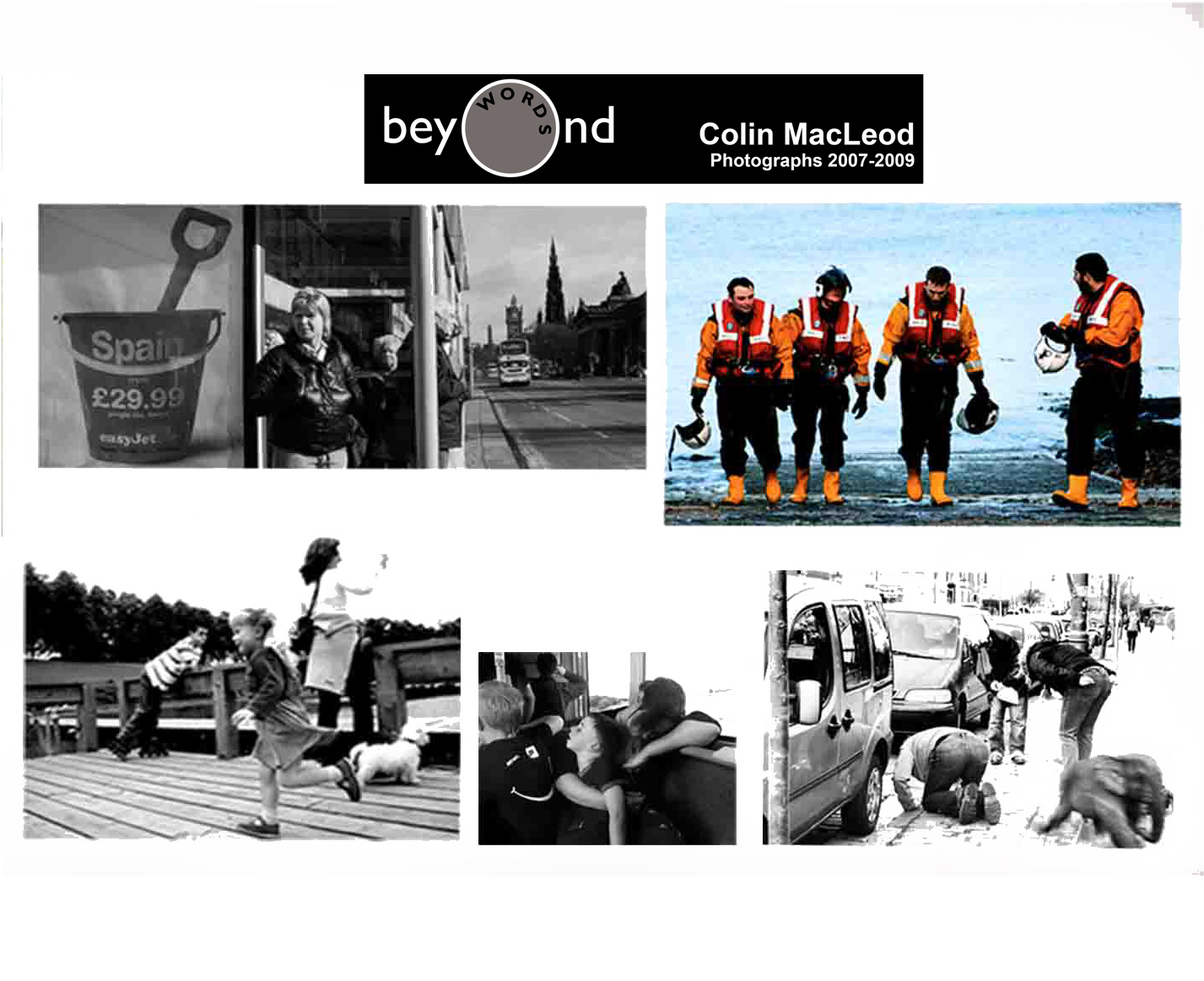Previous Exhibitions




The Images above were featured on the VirtuArt.me site
The following short conversation was included in my Exhibition catalogue for the show at BEYOND WORDS, and although it might seem tangental at first glance to the main thrust of my work, it does contain a great deal about the way we regard images and their referents.

Excerpt from
Conversation with a Photograph
Ireland 1952 by Cartier-Bresson
A play by Patricia Hannah
PEGGY: What was the name of that woman photographer? She took photographs of
Americans during the Depression? Dorothea Lange! Funny how we remember famous
photographs but not the names of the photographers. That's how it is - when we look
at a photograph we have a conversation with it, not the photographer. On the other
hand, with a painting we have a conversation with the artist, so we remember their
name. That's as it should be. I know I'm right. I see the horse and the dog and the two
men as the photographer saw them - caught in that moment on a country road; the
men leaning on the dyke, the dog lying on it, the horse cropping the grass on the verge
with the wilderness and the hills all around. I see them as they were when the
photographer happened to be passing. But I don't think, Hello, Mr Cartier-Bresson;
I think, Hello, horse.
HORSE: Hello there, missis.
PEGGY: You're a sad old horse.
HORSE: Now you mustn't get the wrong idea: I'm not just any old horse; the kind of
horse born to spend its days pulling farm carts in the company of sheep dogs. I was
meant for greater things. With the right opportunities I could have run for Ireland;
I could have been eating out of gold cups and having my portrait painted.
PEGGY: Then I wouldn't be talking to you.
HORSE: Yes you would.
PEGGY: No I wouldn't. Look, there's a painting of a horse in the National gallery -
HORSE: They say there's little else but paintings of horses in the National Gallery.
PEGGY: The one in Edinburgh, not Dublin. It's a Raeburn, a portrait of Major William
Clunes and his horse. A Mr D'Arcy type - a magnificent, arrogant thoroughbred with
his well-polished boots and breeches and red waistcoat, hand on his hip, standing
beside the well-polished, thoroughbred rear end of his horse. And you can't help
saying to yourself: what a horse's backside. And you wonder if Raeburn knew what he
was doing, posing that conceit of masculinity beside a horse's rear end; and did Major
Clunes know what Raeburn was doing; and did Raeburn have a hidden agenda in all
his portraits of the great and the good. But you don't think: Hello, horse.
HORSE: Roland Barthes would have. He said that a specific photograph is never
distinguished from its referent.
PEGGY: It's what?
HORSE: Referent - the thing the photograph represents. In a photograph the subject
becomes the object.
PEGGY: God, these French intellectuals - inventing a language only the initiates can
understand. And, of course, they initiate the initiates; and so it goes.
HORSE: That is their métier. If my mother hadn't mated beneath herself, I could have
had a métier. I could have been a thoroughbred. I could have been a contender.
PEGGY: The object of a photograph; the subject of a painting. Mmm, I think it's the
other way round. I think Mr Barthes got it wrong.
HORSE: He was run over by a laundry van.
PEGGY: Barthes? He should have paid more attention to the referent when he was
crossing the road. Perhaps he didn't expect it to move until it became the object of his
regard. My husband does that: Jack doesn't expect things to be there until he
acknowledges their existence. He's an unintentional phenomenalist - some part of him
believes, with John Stuart Mill, that material objects are permanent possibilities of
sensation. He knocked himself out on a tree once - miles of grass in every direction,
one tree, and he walked straight into it. Said he didn't see it.
HORSE: That sounds a painful sort of philosophy.
